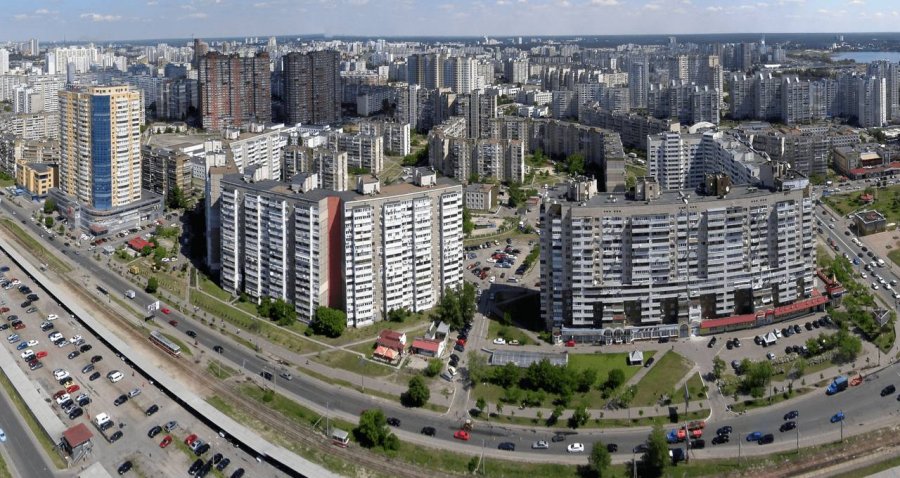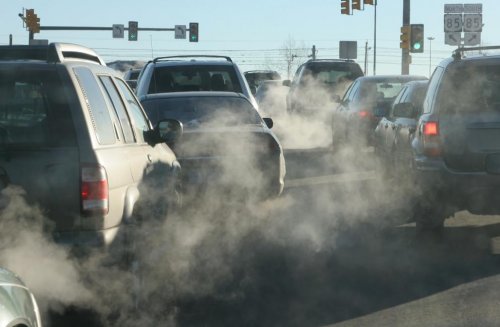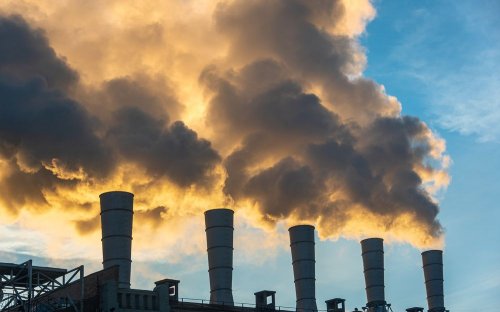In the air of Kyiv during the week from March 20 to 25, 2023, an excess of the average daily maximum permissible concentration of nitrogen dioxide by 3.8 times was detected.
Compared to the previous week, the level of pollution by formaldehyde, nitrogen dioxide and carbon monoxide has increased, according to the weekly report on air pollution from the Central Geophysical Observatory named after Boris Sreznevsky.
According to the data of the observatory, the exceeding of the maximum permissible concentration (MPC) in terms of the average daily content of nitrogen dioxide was:
- 2.4-3.8 times – on Demiivska, Bessarabska and Halytska squares, Obolonski and Beresteski avenues, Lesya Ukrainka boulevard, in the Hydropark area, Akademik Strazheska, Oleksandr Dovzhenko, Hetman Pavlo Polubotka, Inzhener Borodin, Kaunaska and Sklyarenko streets ;
- no excesses were observed at 37 Nauky Ave. (in the area of the meteorological station).
Exceeding the MPC by average daily content of sulfur dioxide:
- in 1.6-2.3 times – on Demiivska, Bessarabska and Halytska squares, Obolonski and Beresteyska avenues, Lesya Ukrainka boulevard, in the Hydropark district, Akademik Strazheska, Oleksandr Dovzhenko, Hetman Pavlo Polubotka, Inzhener Borodin, Kaunaska and Semyon Sklyarenko streets ;
- no excesses were observed at 37 Nauky Ave. (in the area of the meteorological station).
Other exceedances of MPC by average daily content:
- formaldehyde – 1.0-2.1 times on Demiivska, Bessarabska and Halytska squares, Obolonski, Beresteyski and Nauka avenues, Lesya Ukrainka boulevard, in the Hydropark district, Akademik Strazheska, Oleksandr Dovzhenka, Hetman Pavlo Polubotka, Kaunaska and Sklyarenko streets ;
- carbon monoxide – 1.2 times (March 25) on Sklyarenko Street;
- suspended substances – 1.0 times (March 24) on Bessarabska Square.
Specialists of the observatory selected and analyzed 1,569 samples of atmospheric air from 16 stationary stations.
Compared to the previous week, the level of sulfur dioxide pollution has slightly decreased.
As EcoPolitic previously reported, the study showed that the particles formed from the abrasion of car tires pollute the air almost 2000 times more than the exhaust gases from the exhaust systems of modern cars.





